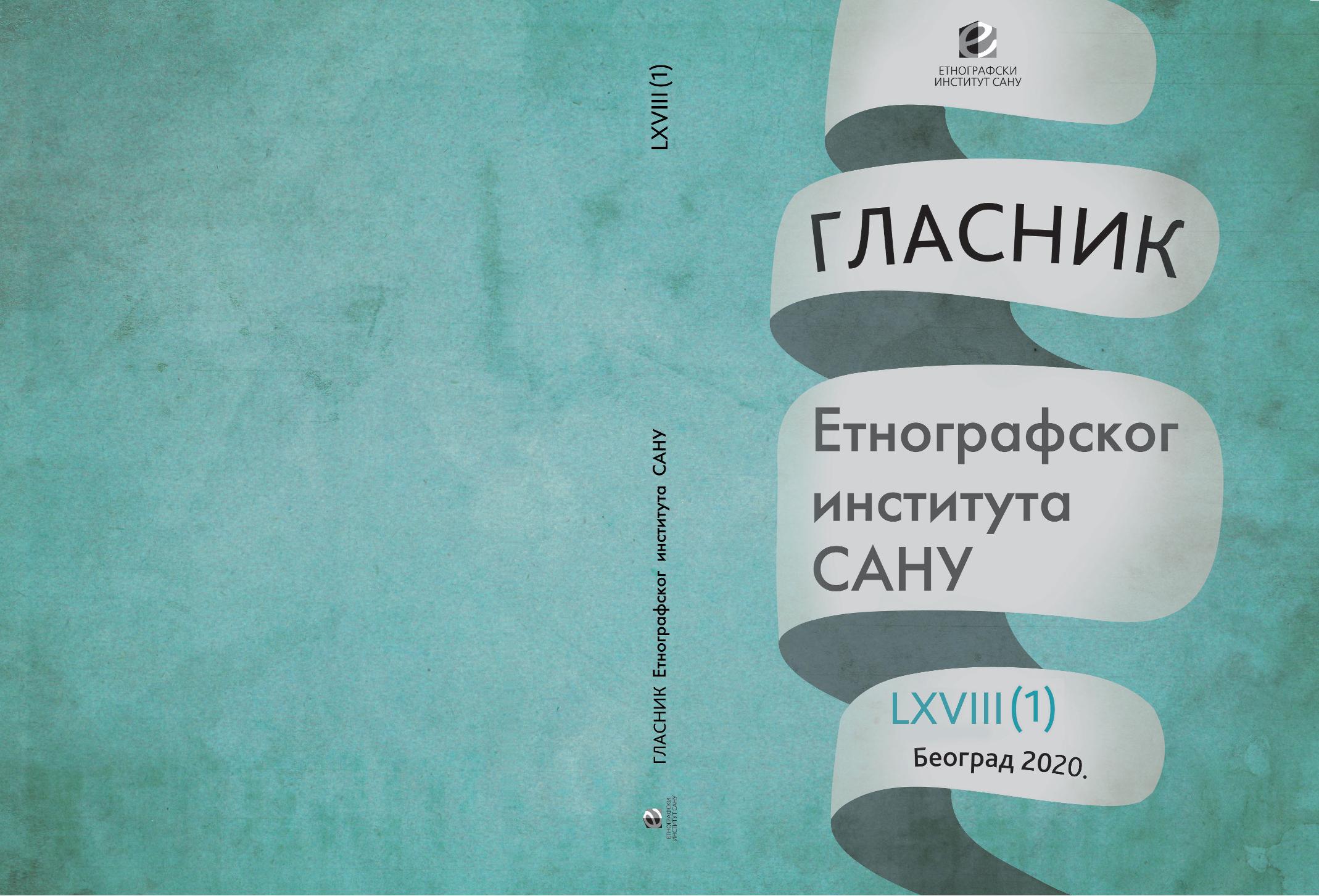Симболичка (ре)конструкција Титовог Ужица у периоду 1991–1994. године
Symbolic (Re)Construction of Titovo Užice between 1991 and 1994
Author(s): Bojana BogdanovićSubject(s): Anthropology, Social Sciences, Cultural Anthropology / Ethnology
Published by: Етнографски институт САНУ
Keywords: urban public space; symbolic (re)construction; Titovo Užice; anticommunism;
Summary/Abstract: n the early 1990s, following the change of social order, also accompanied by a shift in the underlying ideology, the process of de-commemorating Communist tradition was put in motion in „one of Tito’s favourite cities“. By renaming the city (July 24, 1991), removing the statue of the „Marshall“ from the Partisan Square (August 28, 1991) and changing the names of streets and squares (August 2, 1994), the new ruling elite erased all representations of the ideological symbols of Communist Yugoslavia from the symbolic map of Titovo Užice. This act of distancing from internationalist legacy was primarily directed at Josip Broz Tito, as the dominant political symbol. The symbolic urban landscape was deprived of a wide variety of ideological content symbolizing Yugoslavia – a state large enough and strong enough to be comprehensively heterogeneous. At the same time, the centralized Communist Party and its authorities also lost their markings in the symbolic public space. The study of the process of symbolic (re)construction of the public space of Titovo Užice in the period between 1991 and 1994 is based on both written and visual sources as well as data obtained from interviews conducted with the residents of Užice in July and August 2019.
Journal: Гласник Етнографског института САНУ
- Issue Year: LXVIII/2020
- Issue No: 1
- Page Range: 75-93
- Page Count: 19
- Language: Serbian

